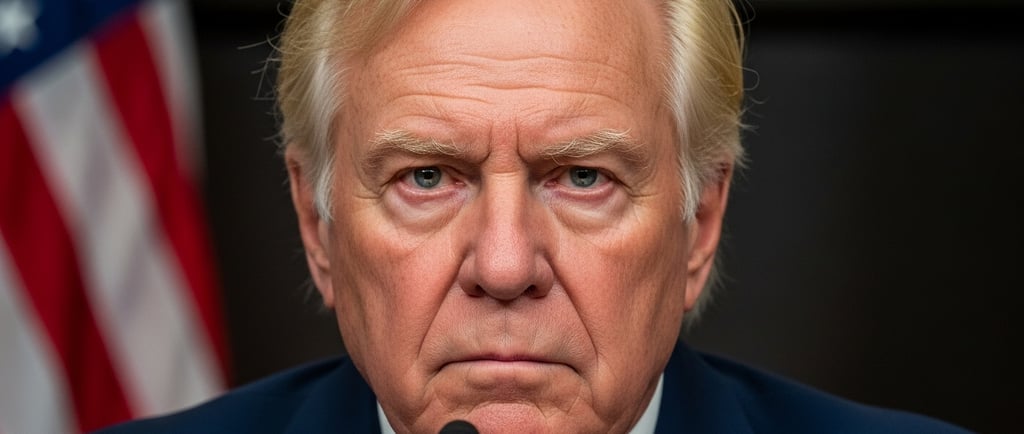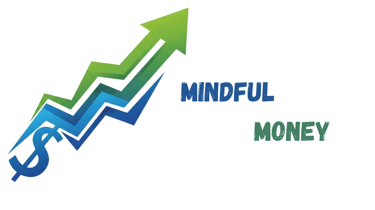The High-Stakes Gamble: How Trump's Tariff Strategy Fired Up the U.S. Market
This approach, while controversial, was built on a simple premise.
Cristian Ianowich
7/12/20252 min read


In the financial world, few things move markets like uncertainty. And during the Trump administration, his trade policy became a primary driver of both volatility and, paradoxically, a new kind of optimism in the American market. The strategy was bold and clear: use tariffs as a powerful tool to force trade partners back to the negotiating table.
This approach, while controversial, was built on a simple premise. By making it more expensive for other countries to sell their goods in the U.S., they would have a strong incentive to offer better terms for American companies.
And to the surprise of many, the strategy delivered results.
The Tariff Playbook in Action
Instead of quiet, closed-door diplomacy, the Trump administration chose a more aggressive path. The logic was straightforward: countries believed to be benefiting from unfair trade practices would be targeted with import tariffs.
The most famous example, of course, was the trade war with China. For months, the two economic giants exchanged not just words, but billions of dollars in tariffs. The American goal was to shrink the massive trade deficit and combat what it deemed intellectual property theft and unfair business practices.
This economic "shock therapy" wasn't just for China. Dozens of other countries, including long-standing allies, were also targeted and pushed to renegotiate their trade deals with the United States.
The Payoff: Forcing Successful Deals
So, did the pressure campaign work? In several key instances, yes. The most significant victory was the "Phase One" trade deal with China. After a long and tense standoff that rattled global markets, Beijing agreed to dramatically increase its purchases of American goods and services, while also committing to new protections for intellectual property.
Other agreements followed:
Vietnam: A pact was reached regarding currency and import practices.
The United Kingdom: A limited deal was secured, focusing on key sectors like automotive and steel.
These wins, especially the truce with China, sent a powerful signal to investors and the market at large.
How the U.S. Market Reacted
The market's reaction wasn't a straight line—it was a rollercoaster. With every new tariff threat, major indexes like the S&P 500 and Dow Jones would dip on fears of an all-out trade war.
However, an interesting pattern emerged. The market began to understand the administration's "play." The volatility caused by threats was often followed by a wave of optimism whenever a deal was announced or negotiations showed progress.
This "tension-and-relief" cycle created an environment where investors were rewarded for betting on the administration's ability to ultimately close a deal. The success in bringing China and others to the table fueled a narrative that the high-risk approach was paying off.
As a result, despite the turbulence, the U.S. stock market experienced periods of powerful rallies, hitting record highs. The excitement was driven by the belief that, in the end, America would emerge with fairer trade deals and a more protected economy. It was a clear demonstration of how a high-stakes geopolitical strategy, when successful, can fuel a major wave of confidence in the heart of the financial market.
